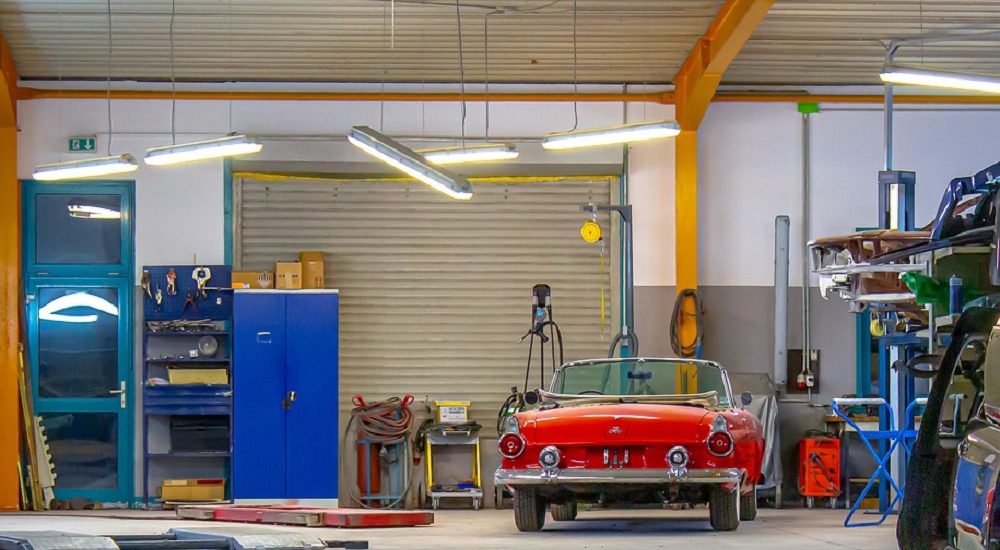A single area of vulnerability is an attacker needs to exploit. This is a popular quote in the world of cybercrime which also holds true for domestic security as well. A lapse in securing may lead to severe consequences in the form of theft and robbery. Hence, domestic security, as well as the security of commercial stores, is of concern for every homeowner or an entrepreneur. Taking proper care and establishing efficient security in the form of roller shutters system ensures the complete safety of your family members, colleagues, and financial assets.
As they say, Prevention is better than cure and the main goal should be to prevent such incidents from happening in the first place. In order to thoroughly secure your property, we need to have some safety structures in place like shutters which provide an obstruction to any break-in attempts.
Roller shutters are most found in garages and in commercial spaces that act as a great security structure besides being visually appealing. Features like these make the roller shutters more desirable than other security devices like the slide on doors. They also take up less space and provide more protection as compared to the other structures.
The rollers are usually a hit item used in shops or warehouses. This is because there is a need for larger gates and doors. Here opening the doors will require a lot of space that otherwise can be saved for other uses. The rollers come to rescue us here.
Parts in A Roller Shutter and Their Functions
- Rollers shutters operate on a simple sliding mechanism, the curtains slide down guided tracks known as guide channels as the main roller rotates. The guide tracks and the shutters operate like ratchets so that the shutter is secured in place and any unprovoked motion is arrested.
- The curtain is the metal or steel slat that joins the space between the two guide channels.
- The entire setup is provided with a roller assembly which holds the shutter curtain in place.
- At the top, a tubular motor (present in electric shutter type), gearing arrangement (present in manual shutter roller), cheek plate and a safety brake are provided.
- All these devices are housed inside a canopy which contributes to the overall aesthetic of the setup. The canopy is made of galvanized steel and is not necessarily an essential component.
- When a safety brake is not provided a U cup or bearing is provided along the cheek plate to secure the curtain in place.
- Cheek plate is the roller holding the curtain in place.
- The bottom of the curtain is ’I’ shaped or ‘L’ shaped so that they can be secured to a groove and thus provides more rigidity.
The Working
As soon as the motor is turned on, it rotates the main roller which, in turn, brings down or rolls up the curtain, which traverses along the guide channels. In the case of manual roller shutter, a lever is used to engage a gearing setup which then translates this motion to the rollers such that the shutter closes or opens accordingly.
Manual and electric rollers come with their own strength and weaknesses. Electric rollers are easy to operate as they can be operated by clicking a button and are quicker in operation compared to manual rollers which need to be cranked by hand. But manual rollers are eco-friendly as they do not use any means of electricity and electric roller shutters system are of no use during the time of power outage as they require a continuous electricity supply.

